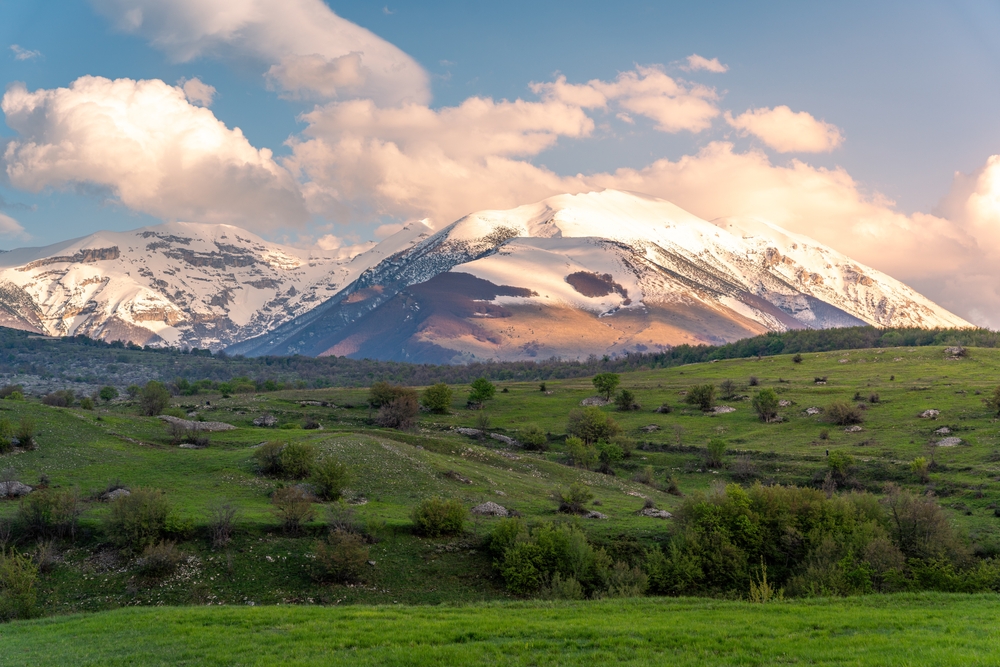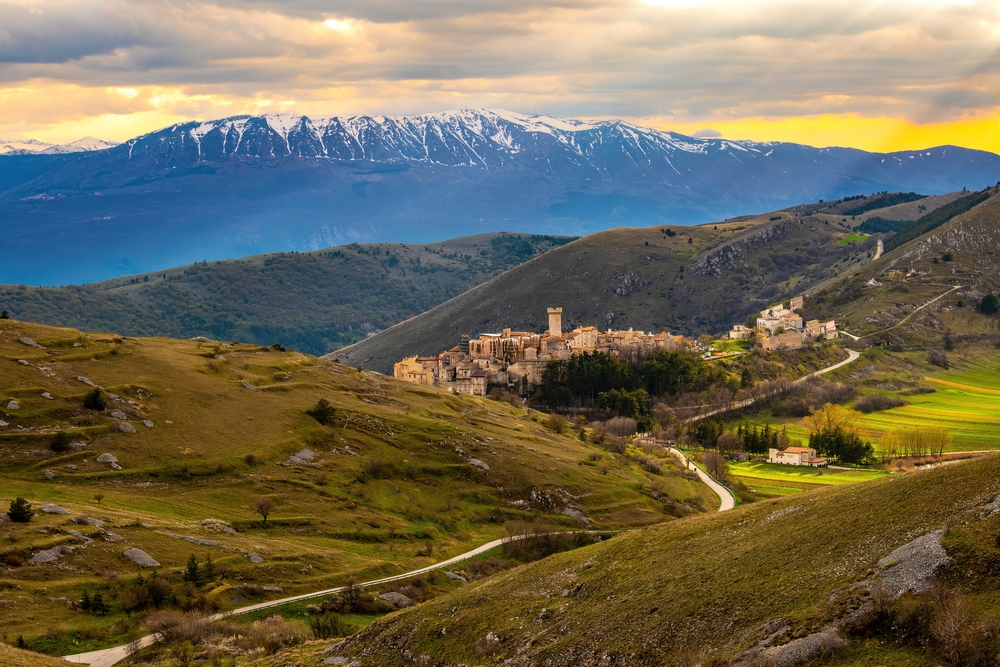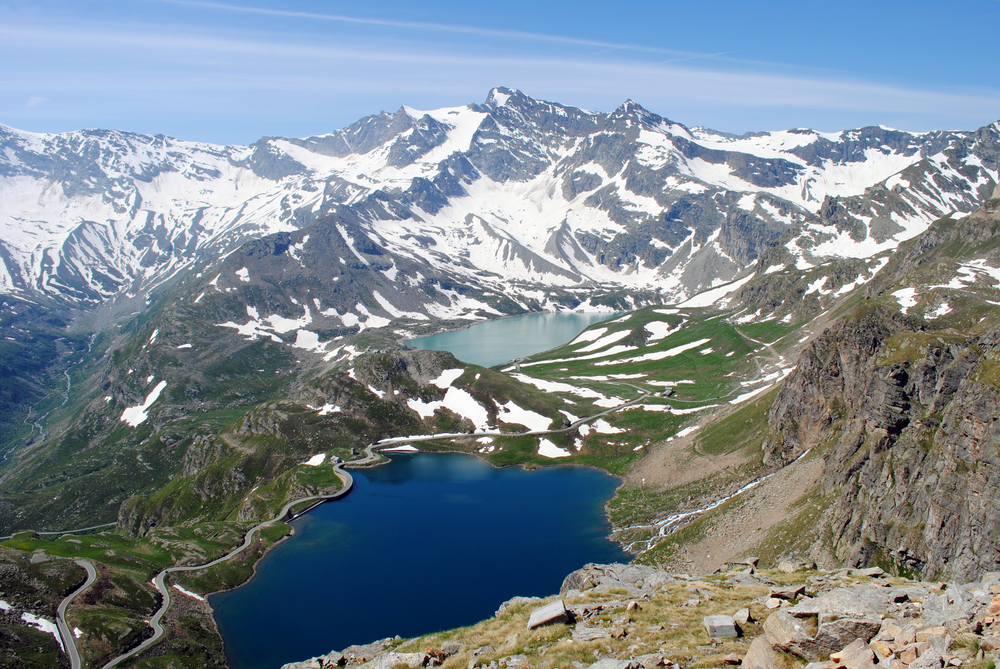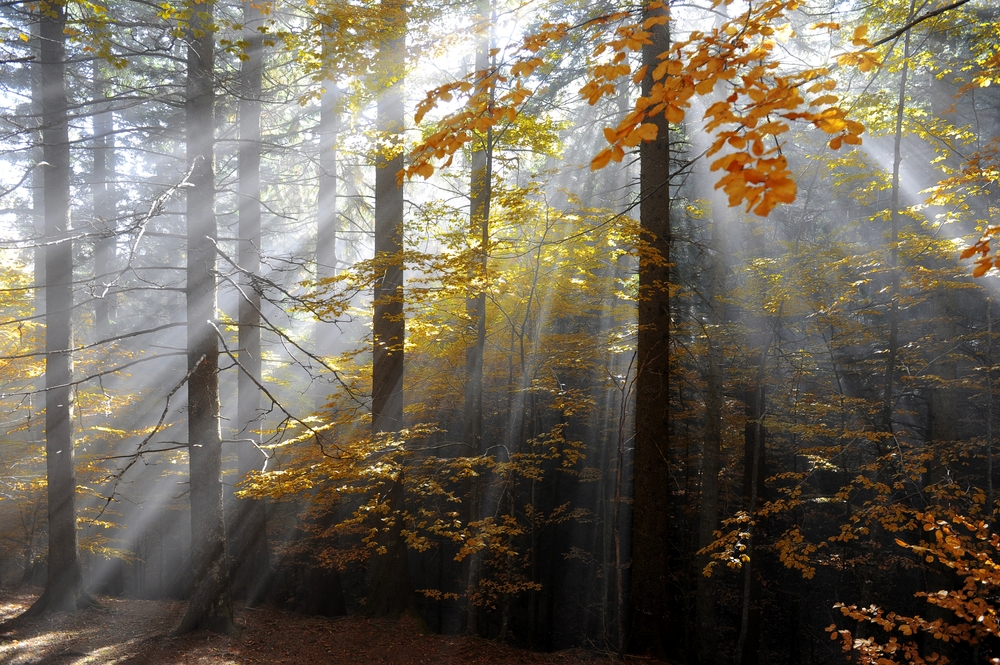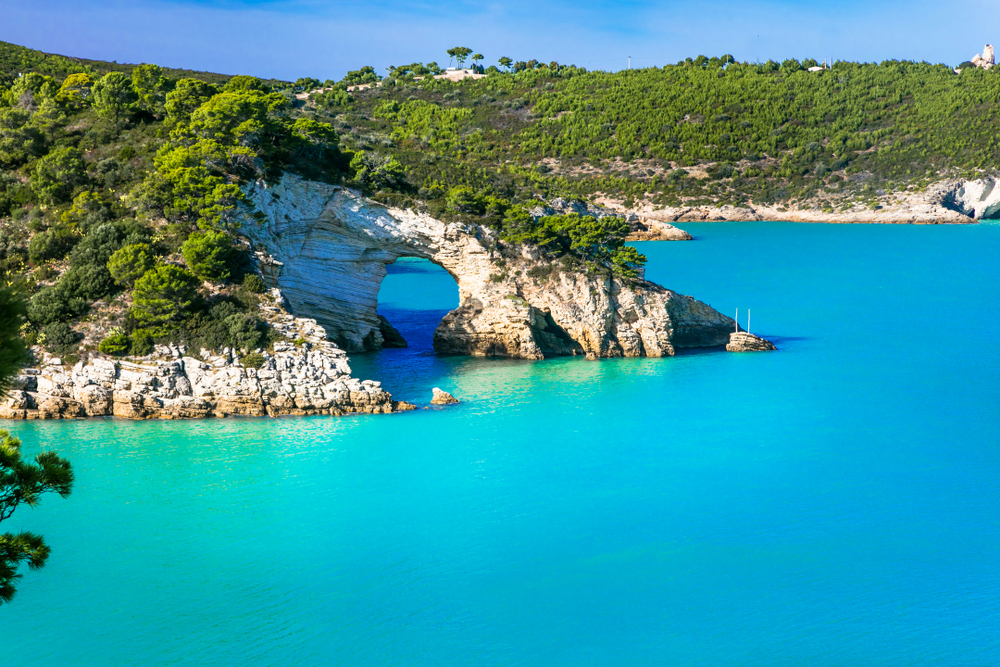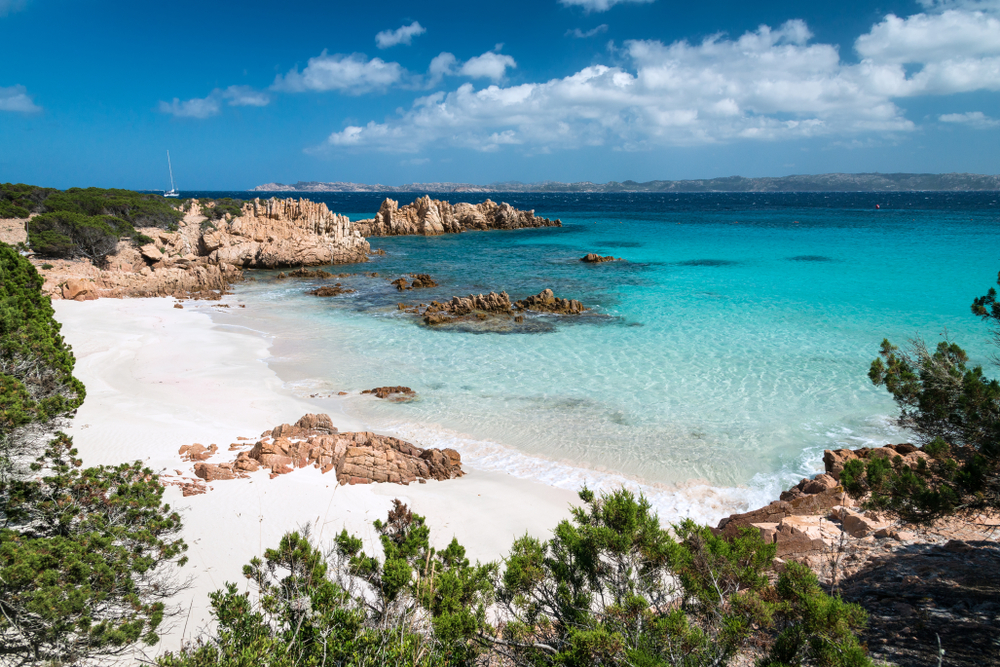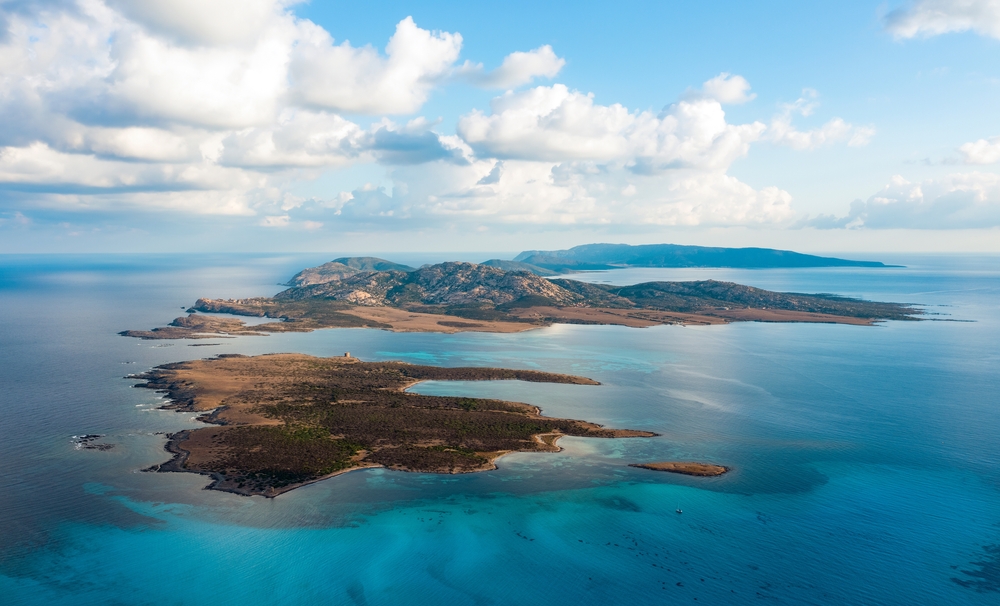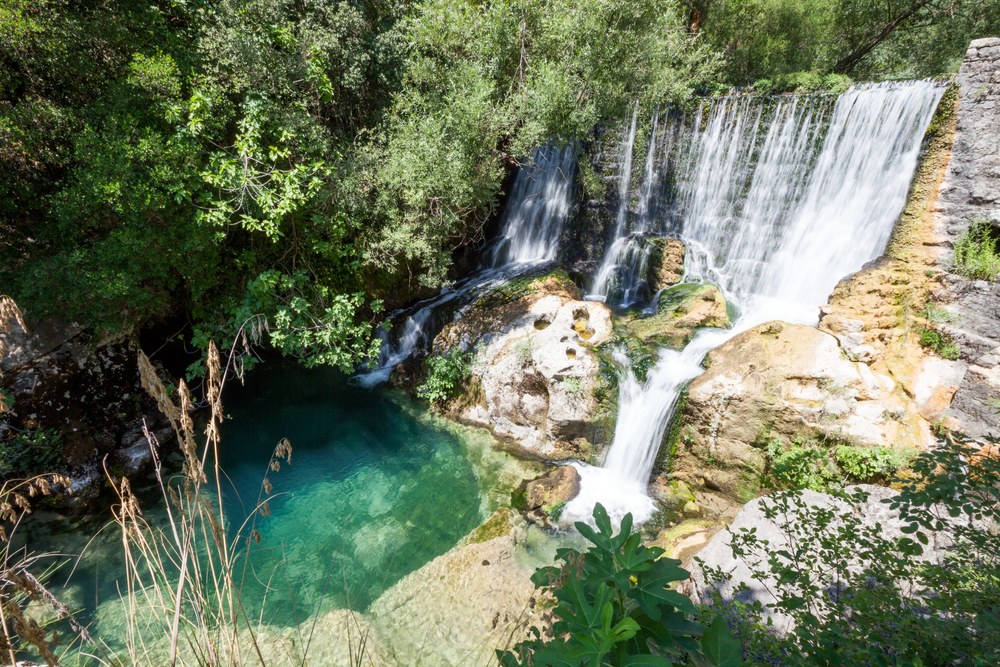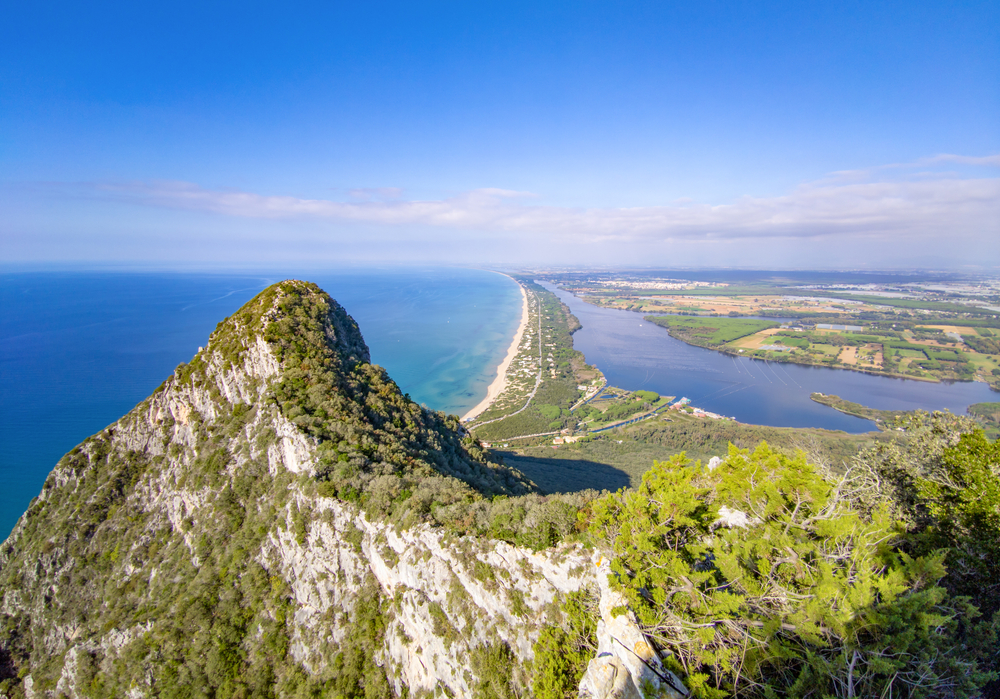Maiella Overview
Maiella National Park, or Parco Nazionale della Maiella in Italian, is a protected area in the Abruzzo region of central Italy. Covering approximately 240 square miles (about 630 square kilometers), the park is situated within the Apennine mountain range and is dominated by the rugged peaks and deep valleys of the Maiella Massif.
The highest peak, Monte Amaro, rises to 9,186 feet (2,793 meters) and serves as a focal point of the park’s dramatic landscape. The terrain is characterized by limestone formations, caves, and karst plateaus, with deep canyons carved by rivers such as the Orfento and the Aventino.
Extensive beech forests dominate the lower elevations, while alpine meadows and rocky plateaus flourish at higher altitudes, offering a stark yet stunning contrast to the lush greenery below. The park’s vegetation is diverse, featuring rare botanical species, including the Apennine edelweiss and numerous orchids that thrive in its unique microclimates.
The park is renowned for its rich biodiversity, serving as a refuge for many rare and endangered species. Among its most notable inhabitants is the Marsican brown bear, an endemic and critically endangered subspecies that finds sanctuary within the park’s remote forests.
The Apennine wolf is another iconic species, often spotted in the park’s dense woodlands and high-altitude meadows. Other mammals include red deer, roe deer, wild boars, and the elusive European wildcat.
Birdwatchers are drawn to Maiella for its impressive variety of avian species, such as the golden eagle, peregrine falcon, and Eurasian eagle-owl. The park also provides habitat for alpine choughs, rock partridges, and the rare Lanner falcon, making it a paradise for ornithologists and nature enthusiasts alike.
One of the park’s most striking features is the combination of natural beauty and historical heritage. The region has long been associated with hermitages, monasteries, and ancient shepherd trails. The Hermitage of San Bartolomeo in Legio, built into the cliffs, is one of the most visited religious sites, offering a glimpse into medieval monastic life.
The ruins of medieval villages and stone-built refuges tell the stories of past civilizations that once thrived in this remote and rugged terrain. The park also boasts numerous caves, including the Grotta del Cavallone, a deep limestone cavern known for its fascinating rock formations and underground galleries.
Visitors to Maiella National Park have many ways to experience its breathtaking landscapes and rich history. Hiking is one of the most popular activities, with an extensive network of trails that range from easy walks through beech forests to challenging ascents up rocky slopes.
The park is also a prime destination for rock climbing, caving, and mountain biking. During the winter months, snow-covered slopes attract backcountry skiers and snowshoers looking to explore the serene alpine environment. Guided wildlife tours allow visitors to observe the park’s fauna, while cultural excursions offer insight into the area’s historical and spiritual significance.
Conservation efforts in Maiella National Park have been largely successful, particularly in protecting key species such as the Apennine wolf and the Marsican brown bear. Reforestation projects and habitat restoration programs have helped to sustain biodiversity, while responsible tourism initiatives aim to balance human activity with environmental preservation.
Despite these efforts, challenges remain, including the impact of climate change on fragile ecosystems and the need to maintain coexistence between wildlife and local communities. The park’s management continues to focus on conservation, sustainable tourism, and scientific research to ensure the long-term protection of this extraordinary natural landscape.








































































